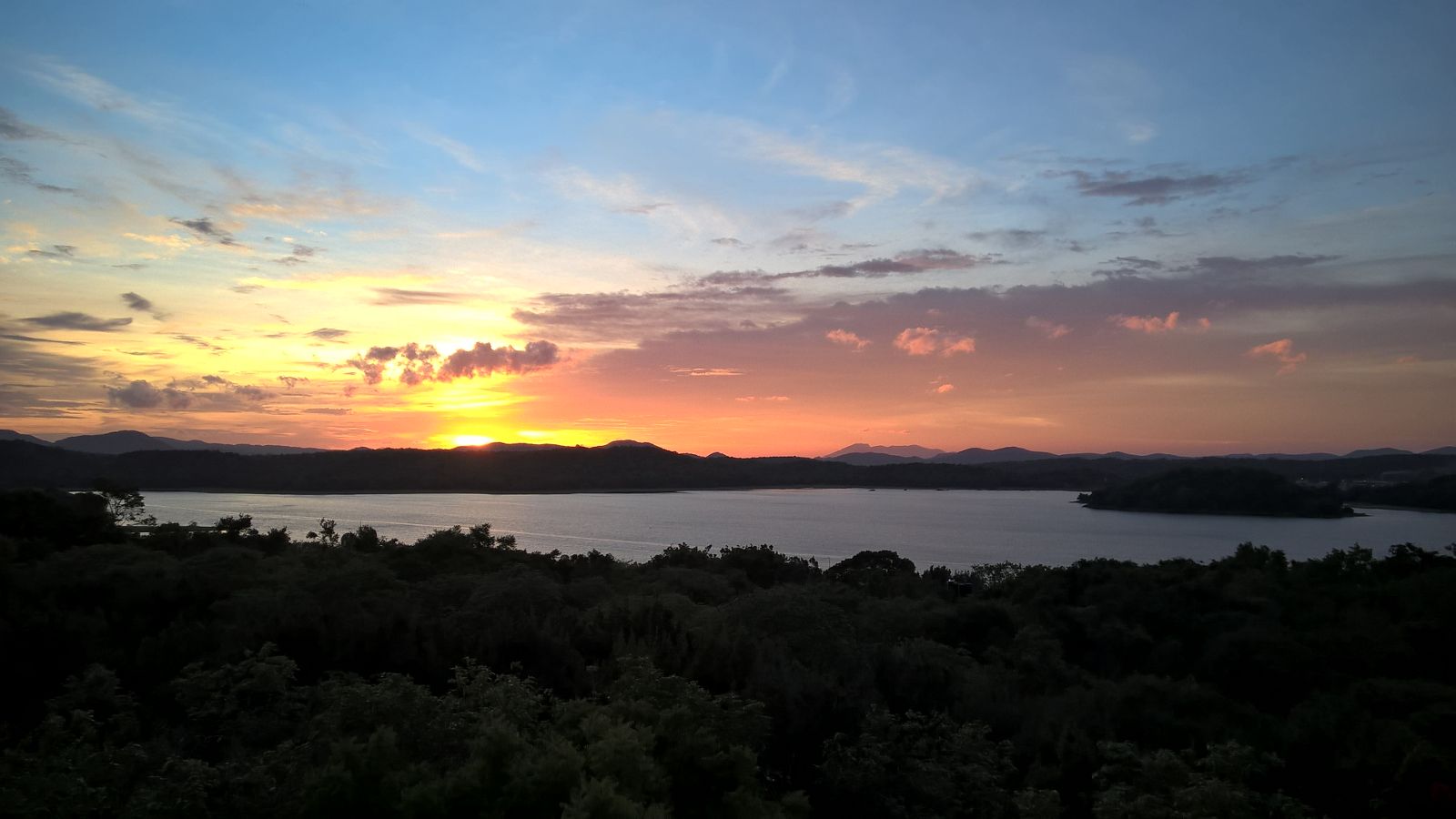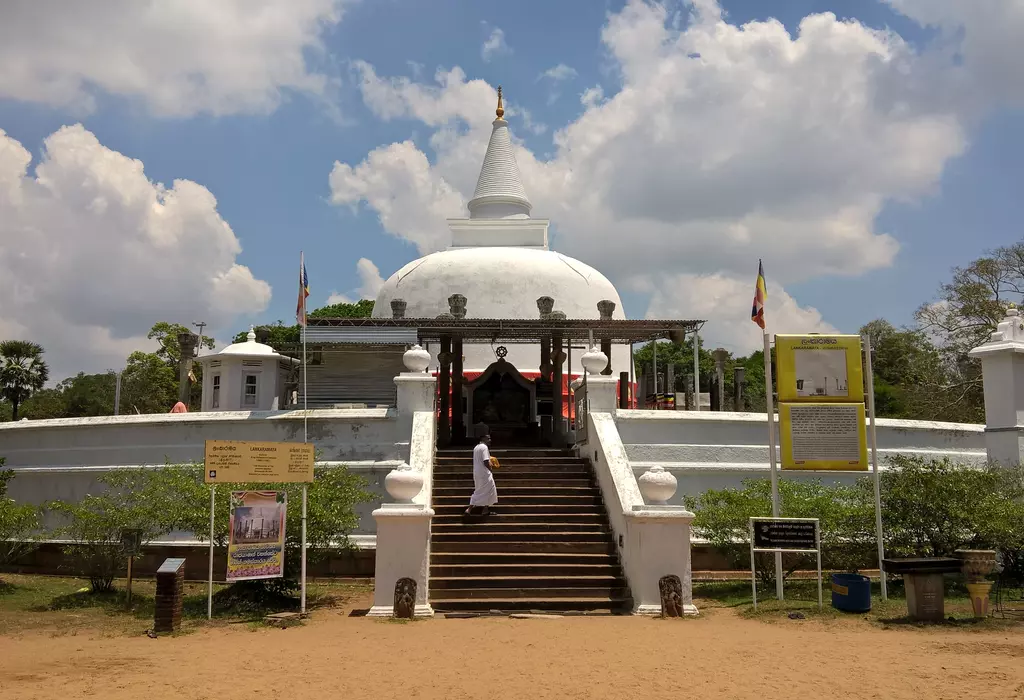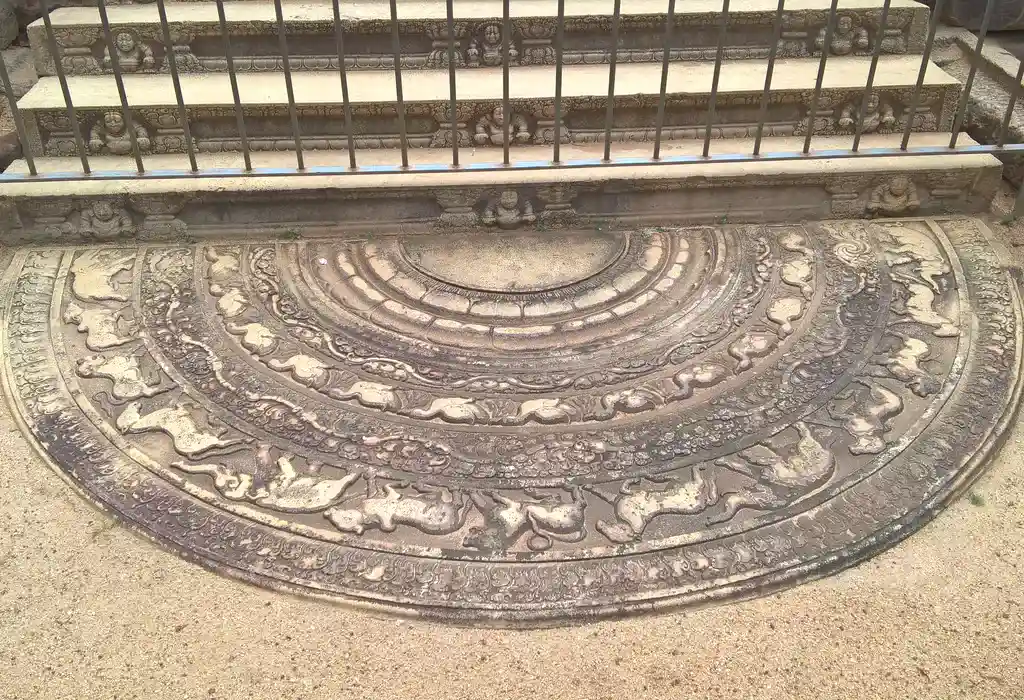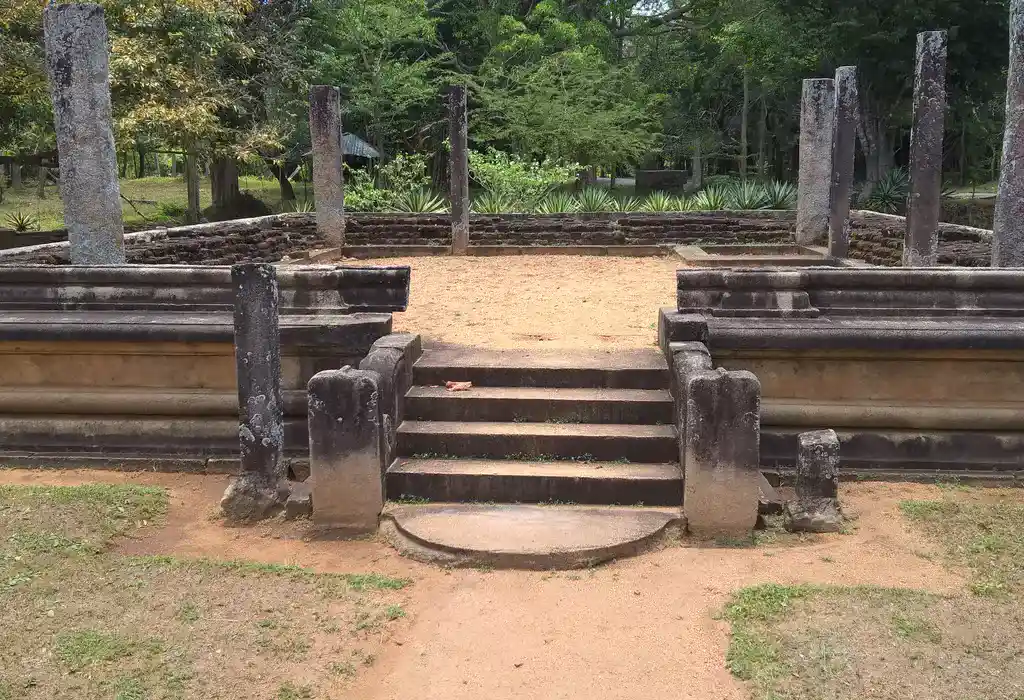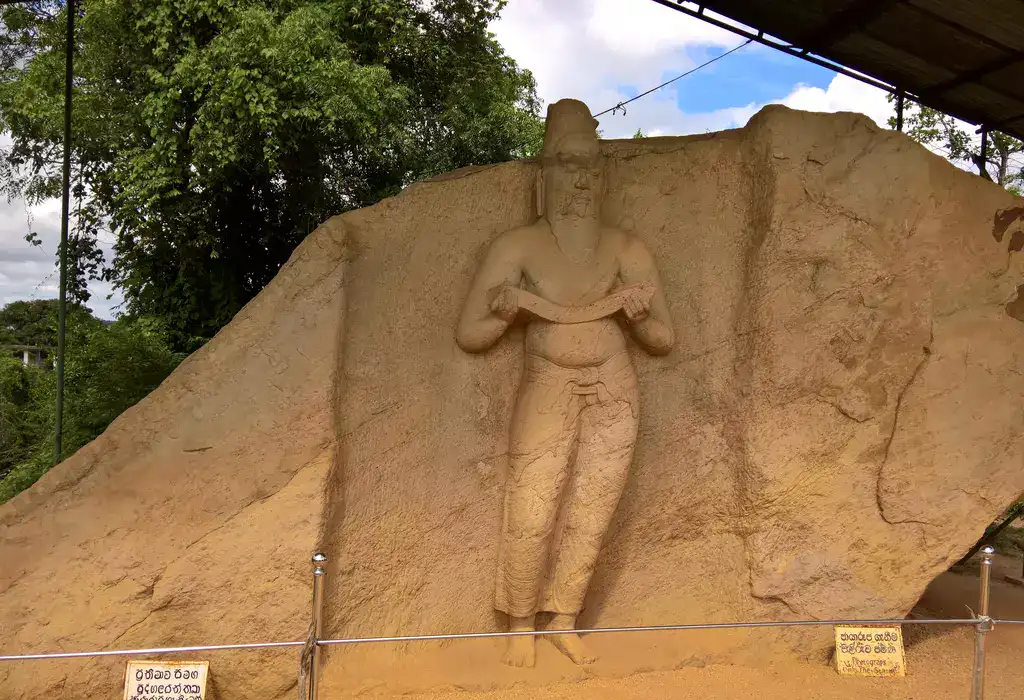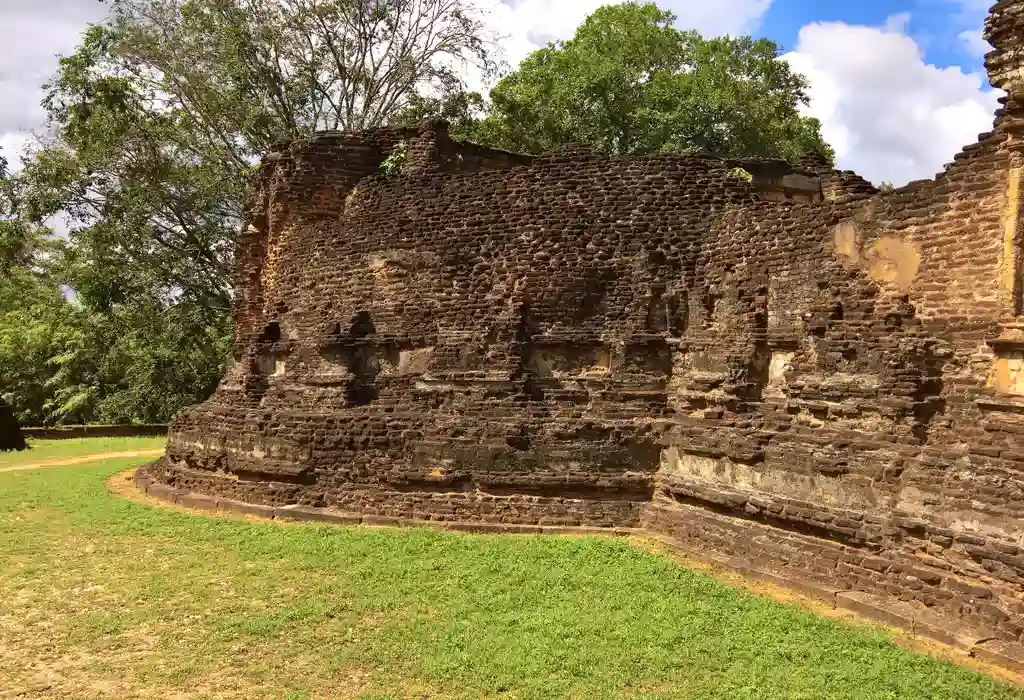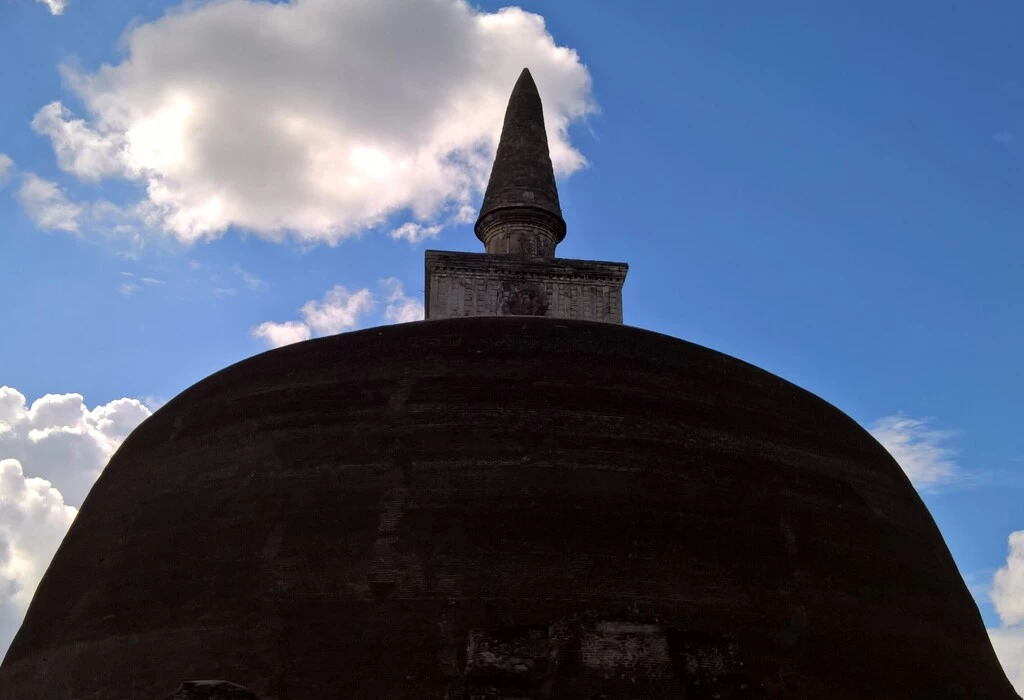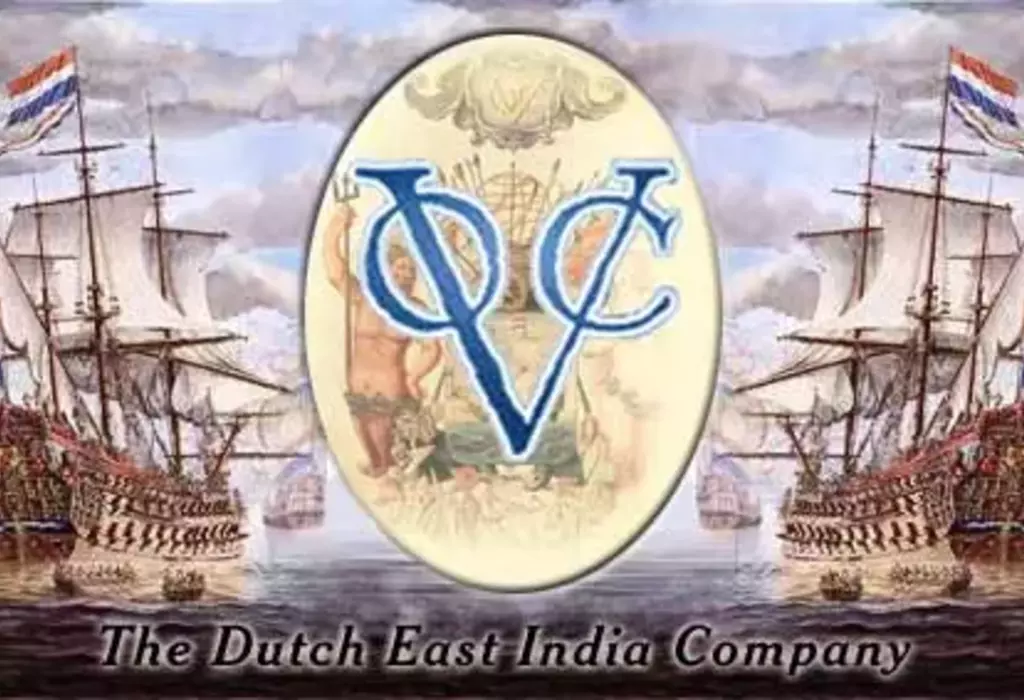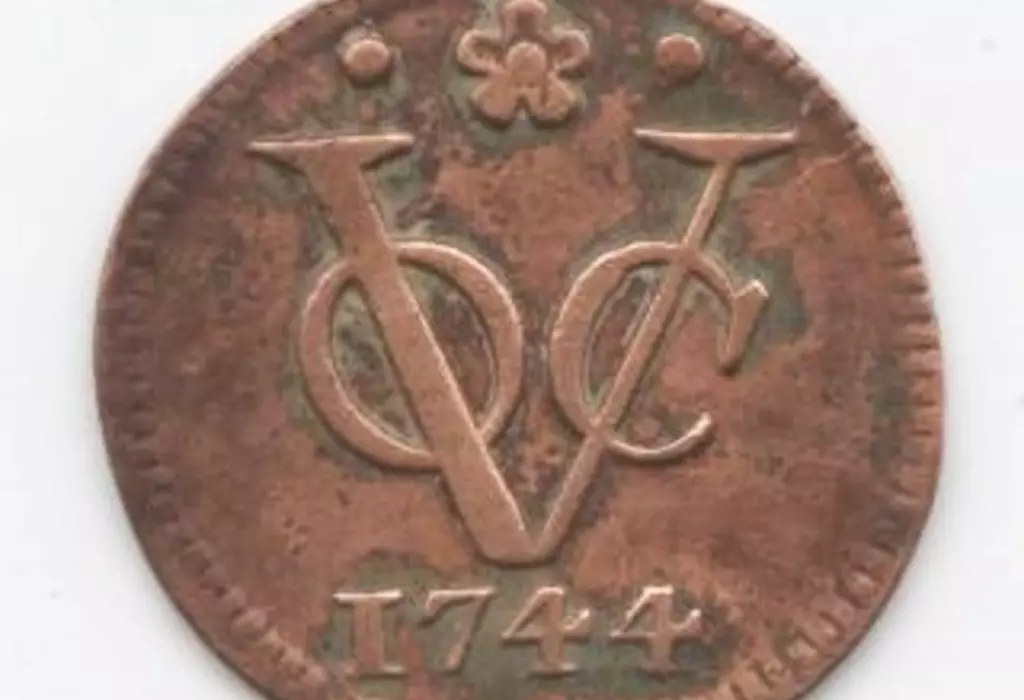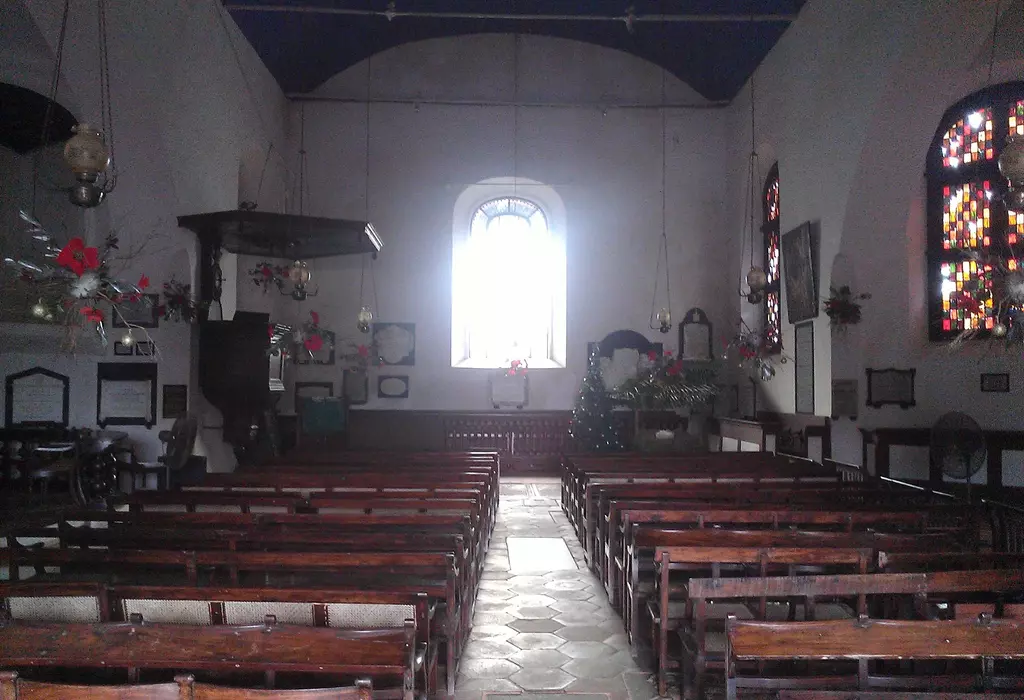Sri Lanka History
Sri Lanka has been inhabited since prehistoric times. The oldest human remains that have been found date from about 125,000 years ago. The history of Sri Lanka is rich and intense. In prehistoric times, the island was inhabited by the Vedda people.
This population group was joined in the 6th century BC by the Singali, the ancestors of the current inhabitants, the Sinhalese. A few civilizations emerged, of which the Anuradhapura and Polonnaruwa were the most important.
The city of Anuradhapura, 200 kilometers north of Colombo, was founded in the 4th century BC and was a sacred city for Buddhists because a branch of the Tree of Enlightenment. For centuries, Anuradhapura was the capital of the kings of Ceylon.
This population group was joined in the 6th century BC by the Singali, the ancestors of the current inhabitants, the Sinhalese. A few civilizations emerged, of which the Anuradhapura and Polonnaruwa were the most important.
The city of Anuradhapura, 200 kilometers north of Colombo, was founded in the 4th century BC and was a sacred city for Buddhists because a branch of the Tree of Enlightenment. For centuries, Anuradhapura was the capital of the kings of Ceylon.
Polonnaruwa is a "newer" city and became a royal city in 1070 AD. This city was conveniently located within Sri Lanka and could withstand attacks from both India and the south of Sri Lanka.
The city of Polonnaruwa as we know it today was built by King Parakramabahu. He was responsible for building several temples and parks. The city became the thriving commercial and religious center of the Sinhalese Kingdom.
The city of Polonnaruwa as we know it today was built by King Parakramabahu. He was responsible for building several temples and parks. The city became the thriving commercial and religious center of the Sinhalese Kingdom.
During the European Middle Ages, more and more Tamils gradually migrated from southern India to northern Sri Lanka. They established a kingdom around Jaffna in the 11th century. Since that period, the relationship between the Tamils and the Sinhalese has been under strain, with wars in some cases.
The first Europeans to come to Sri Lanka were the Portuguese, who settled on the island in 1505. The Portuguese stayed until 1658. The Dutch East India Company was founded in 1602, and the Dutch also sailed to Sri Lanka. In 1638 the king of Kandy asked the VOC for help, he wanted support from the Dutch against the Portuguese. The VOC granted this support in 1638 in exchange for an exclusive trade contract..
The first Europeans to come to Sri Lanka were the Portuguese, who settled on the island in 1505. The Portuguese stayed until 1658. The Dutch East India Company was founded in 1602, and the Dutch also sailed to Sri Lanka. In 1638 the king of Kandy asked the VOC for help, he wanted support from the Dutch against the Portuguese. The VOC granted this support in 1638 in exchange for an exclusive trade contract..
However, the agreements made were not respected by either party. Many modernizations took place in the country during this time, such as the construction of canals for transporting goods, which was accompanied by repression. The Protestant Dutch left the Buddhists, Hindus and Muslims alone, but persecuted the Catholics and the remaining Portuguese settlers.
Until 1796 Sri Lanka was part of the Netherlands. Descendants of the settlers are called Burghers.
In 1796 Sri Lanka came under the influence and control of the British Empire. The British colonized the entire island and Sri Lanka became a Crown Colony.
Until 1796 Sri Lanka was part of the Netherlands. Descendants of the settlers are called Burghers.
In 1796 Sri Lanka came under the influence and control of the British Empire. The British colonized the entire island and Sri Lanka became a Crown Colony.
